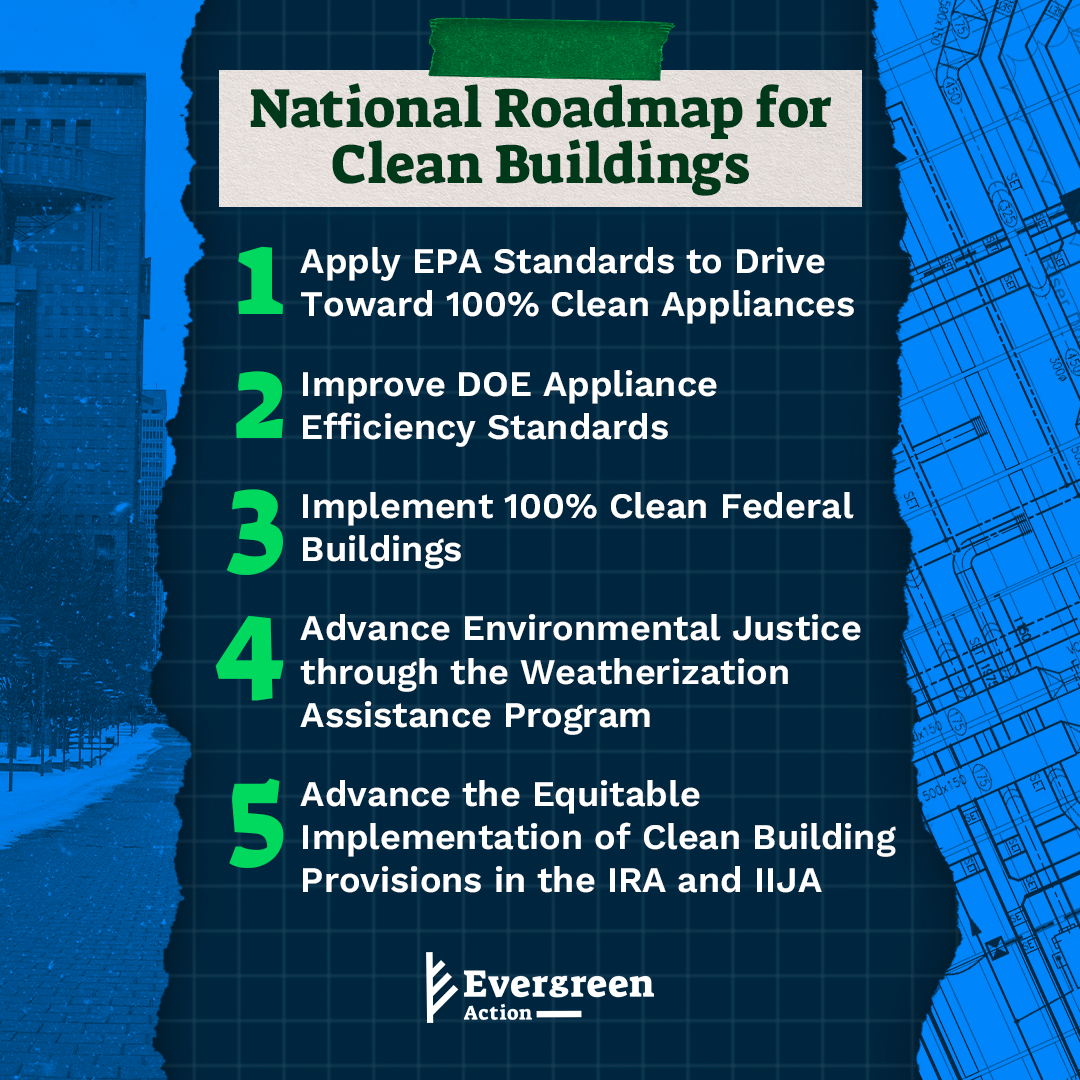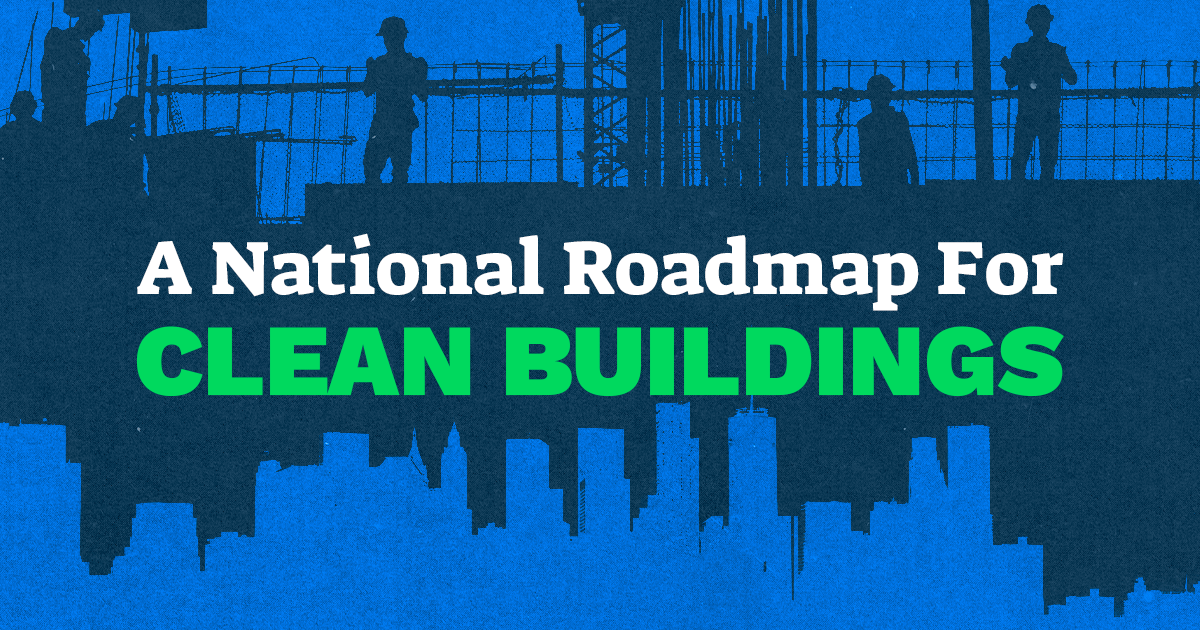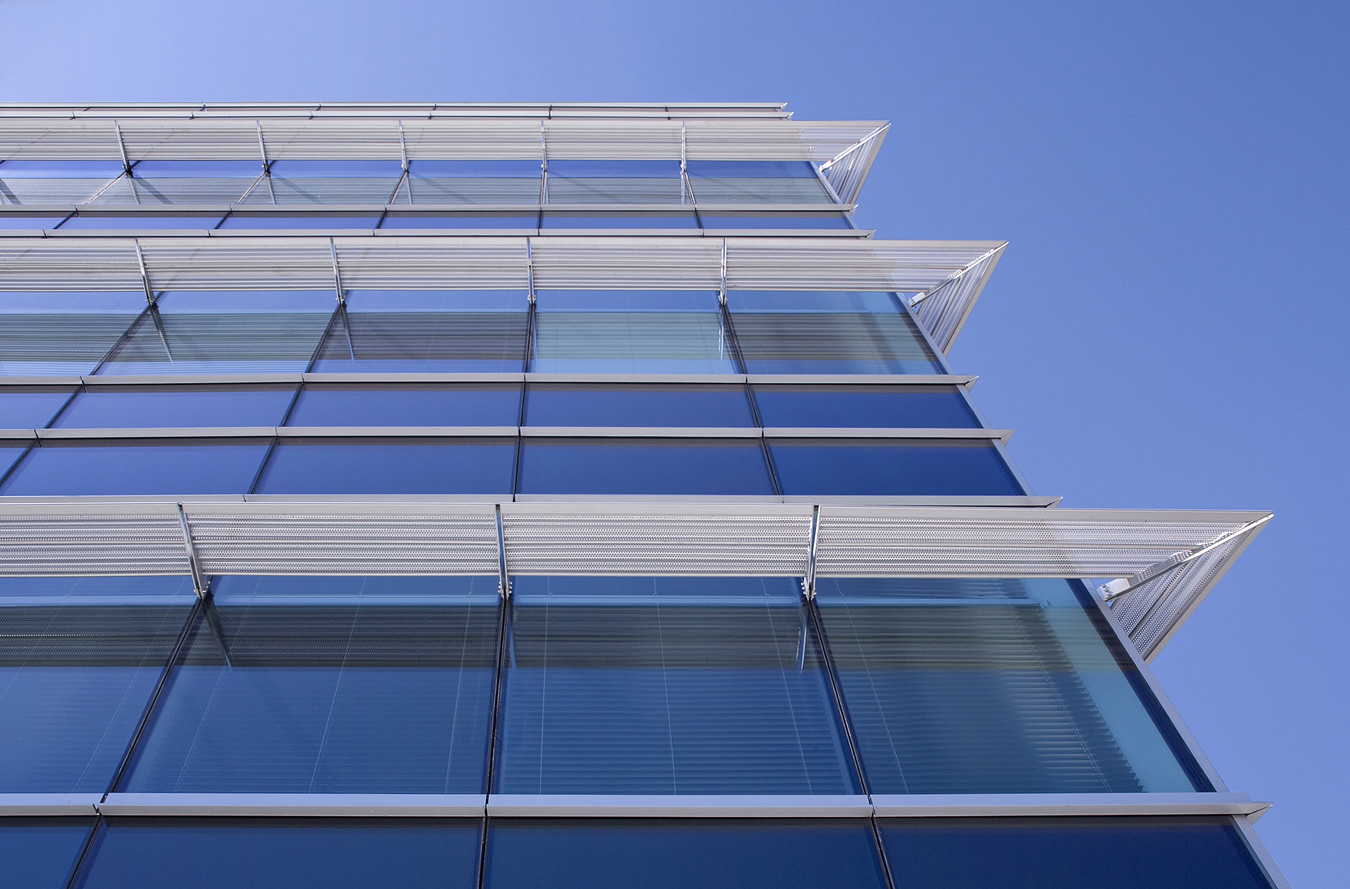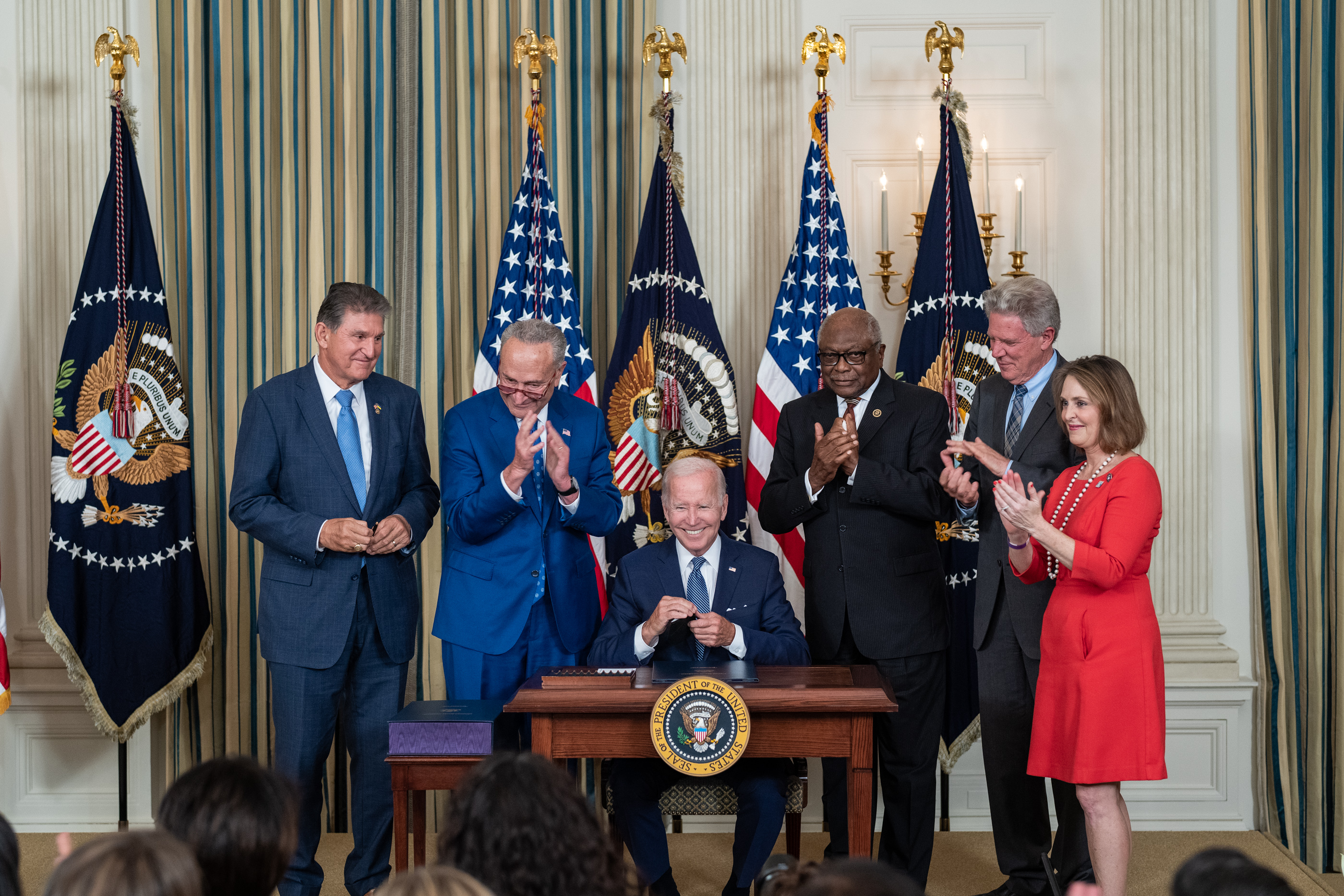Using the Clean Air Act to Eliminate NOx Pollution
Under the Clean Air Act, the Environmental Protection Agency (EPA) can establish Clean Appliance Standards that progressively ratchet down limits on appliance NOx pollution. Evergreen’s new roadmap recommends that the standards ensure 100 percent of all new appliance sales are zero-emissions by 2030. Pursuing this course would make a massive dent in toxic pollution from the buildings sector, provide predictability to the market as it shifts to electrification, and create a firm compliance framework to ensure we reach the set targets.
Tightening Appliance Efficiency Standards
The Department of Energy (DOE) establishes energy efficiency standards for dozens of appliance categories, and 66 of those categories are overdue for an update. Finally tightening efficiency standards would lower air pollution across the board, even for buildings with electric appliances — on grids that still burn fossil fuels, lower electricity consumption means lower volumes of pollution. Our paper recommends a few key regulatory changes DOE can make, in partnership with the Office of Information and Regulatory Affairs, to speed up this process.
Making Improvements to the Weatherization Assistance Program
The Weatherization Assistance Program (WAP) has been wildly successful, weatherizing over seven million low-income households, cutting utility bills for families under disproportionate energy burdens, and cost-effectively providing health and safety benefits since 1976. With a few regulatory tweaks, WAP can also help cut toxic buildings pollution in communities across the country: the Evergreen roadmap proposes changing rules to prevent swapping one fossil fuel appliance for another, incorporating the health costs of fossil fuels into project analyses, and calculating savings based on both heating and cooling from new heat pumps, among other measures.
Advancing Justice through Implementation
IRA and the Infrastructure Investments and Jobs Act (IIJA) together make billions of dollars of investments in electrifying and reducing air pollution in the buildings sector, but federal programs have a long history of disproportionately benefiting wealthier and whiter communities. President Biden must make good on his commitment to direct 40 percent of the benefits of climate investments to frontline and marginalized communities. Funding to states should also be issued with guidance to prioritize clean building projects located within disadvantaged communities, which can be identified using DOE’s Energy Justice Mapping tool. By ensuring that federal buildings investments go to underserved communities of color, the president can help mitigate the stark racial disparities in who suffers from air pollution in the built environment.




